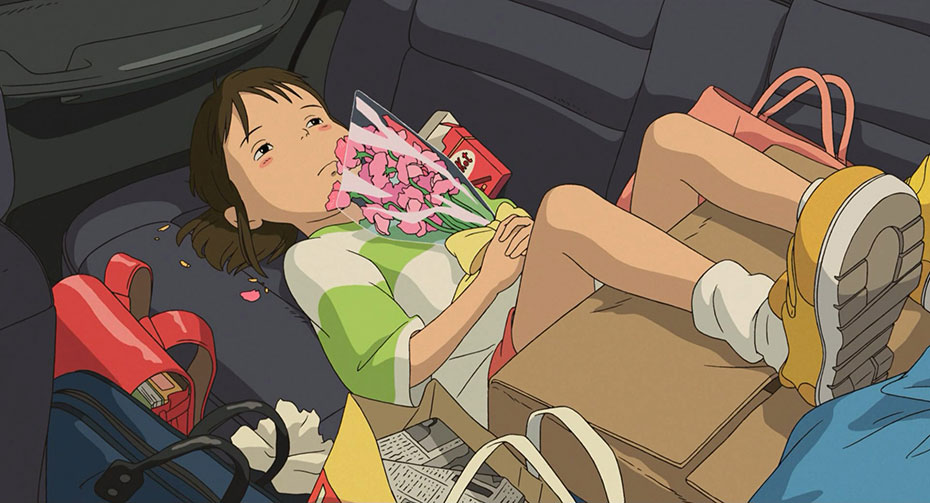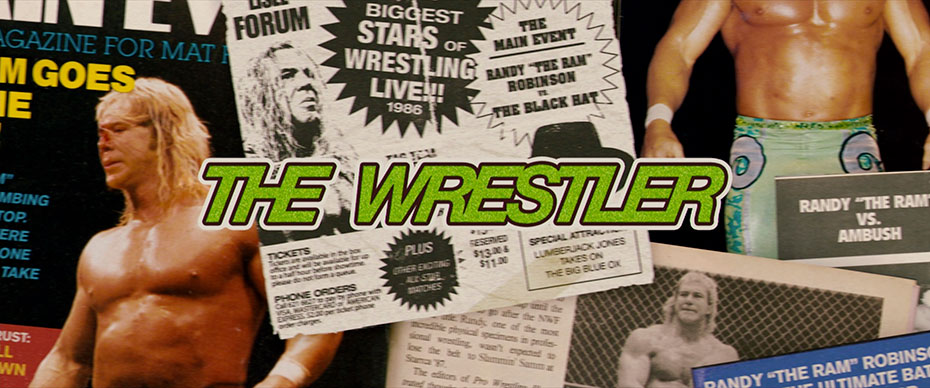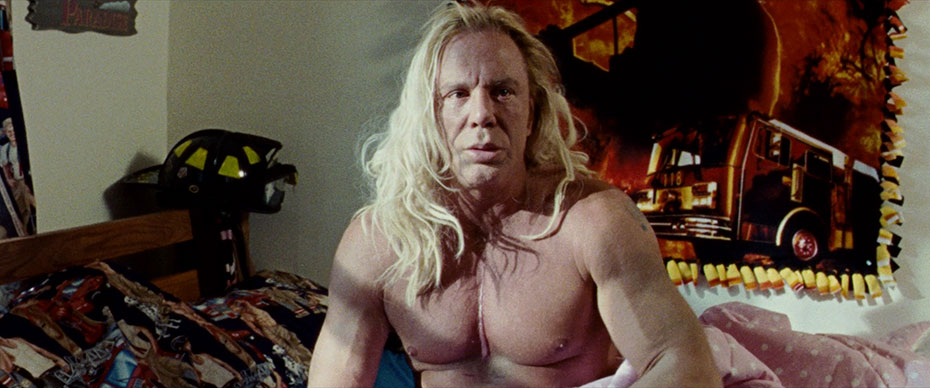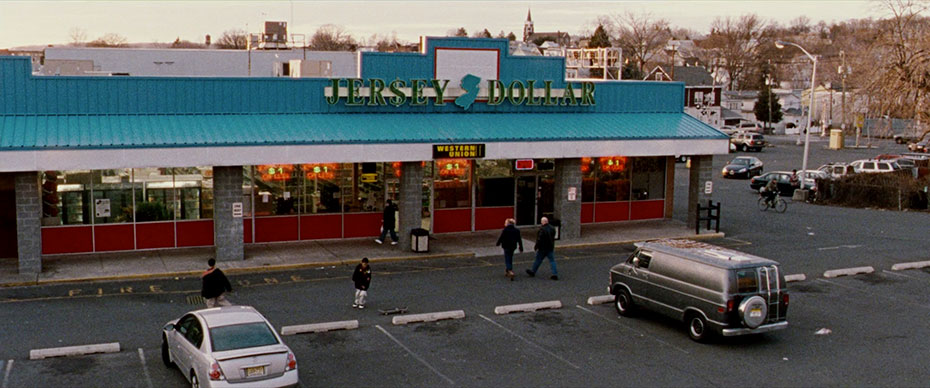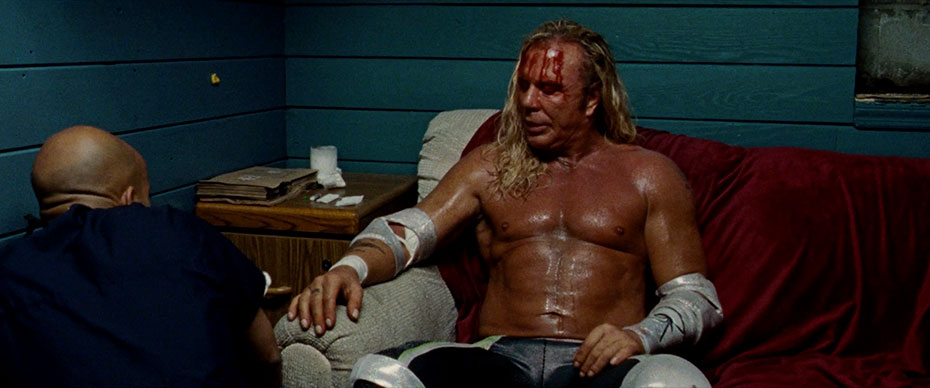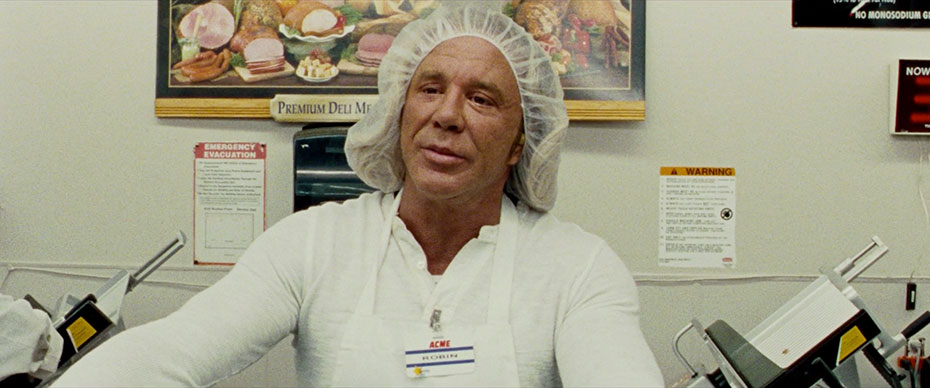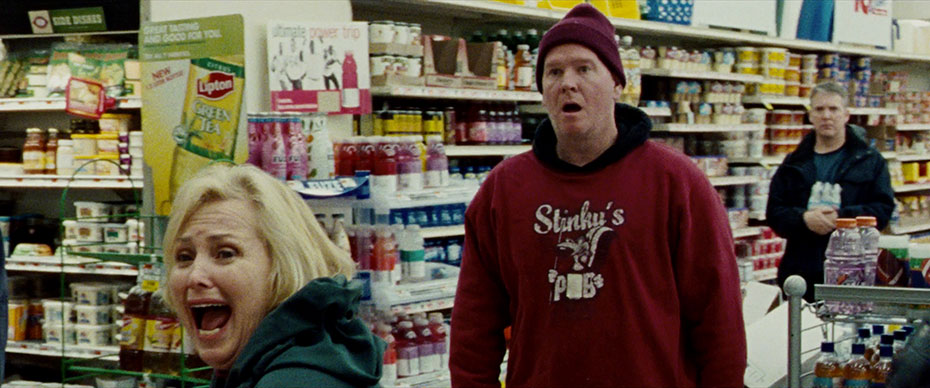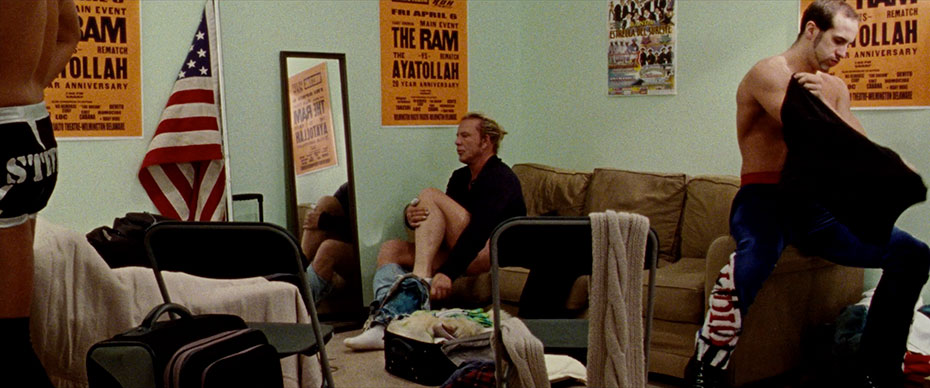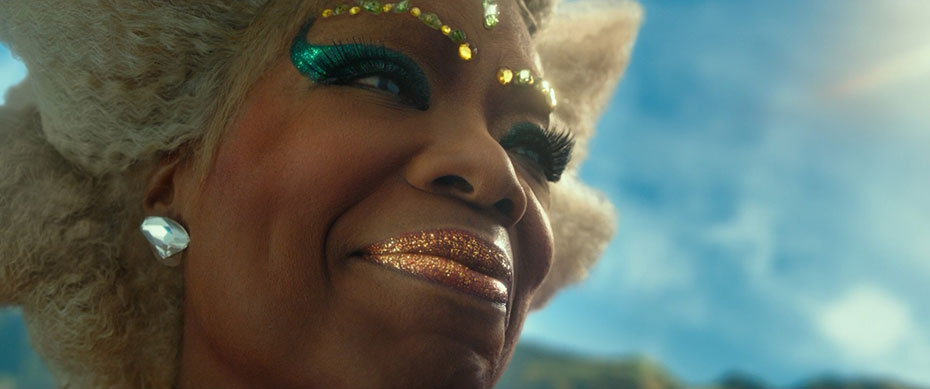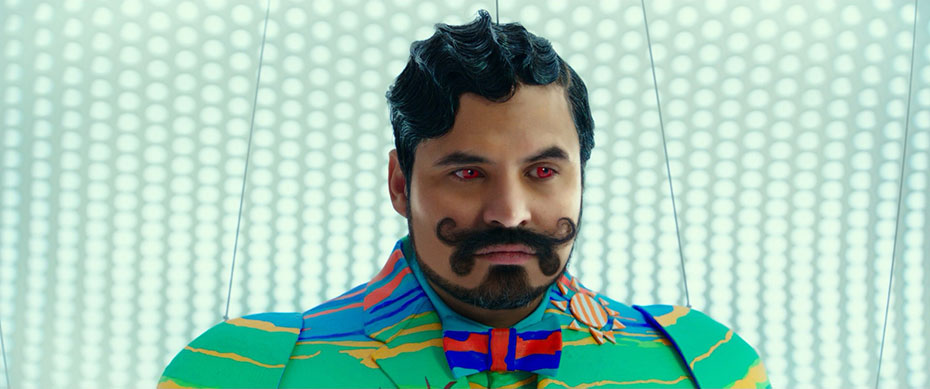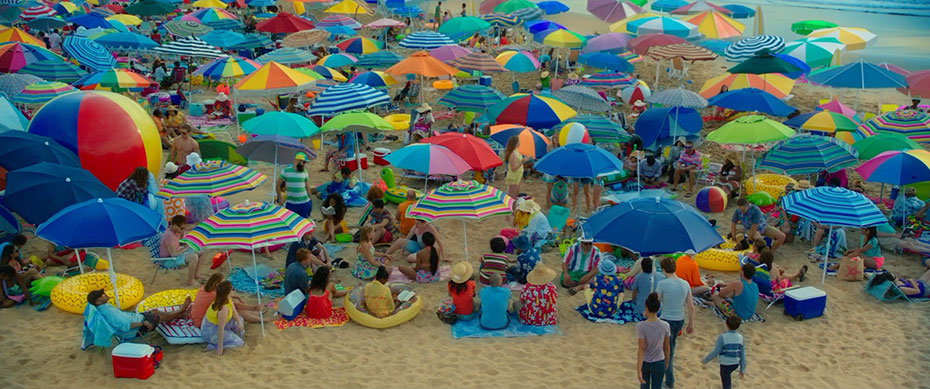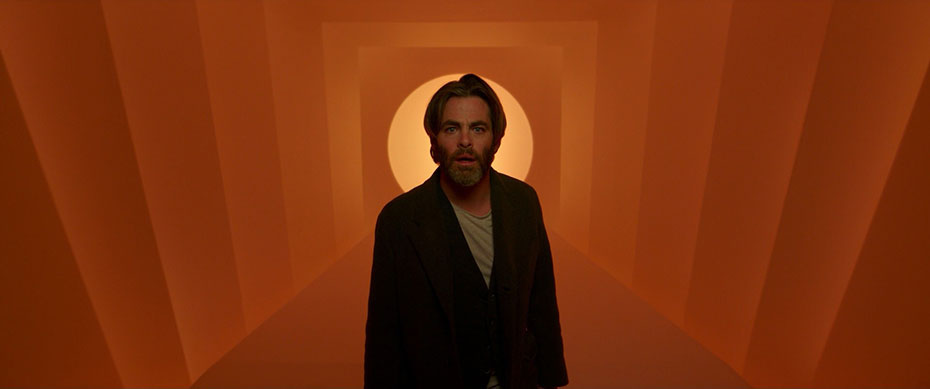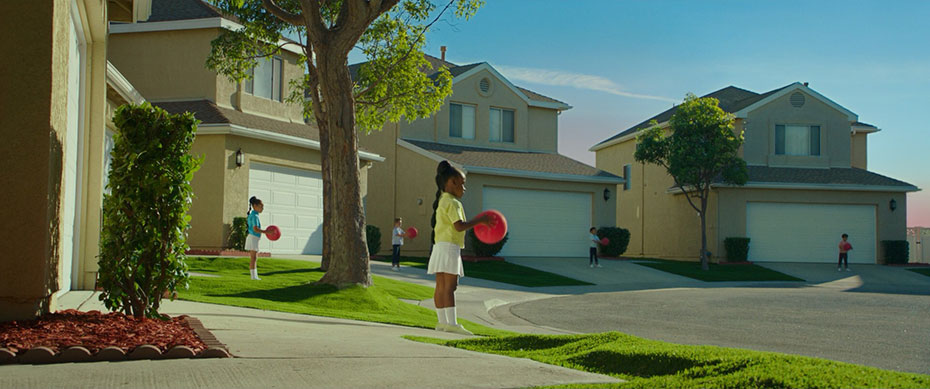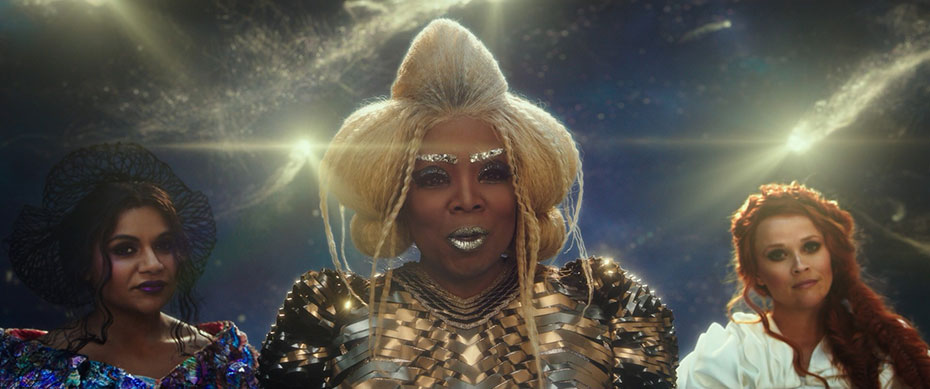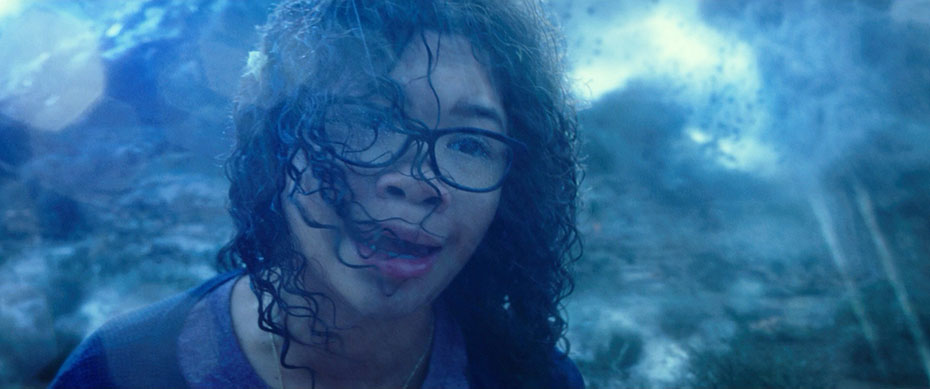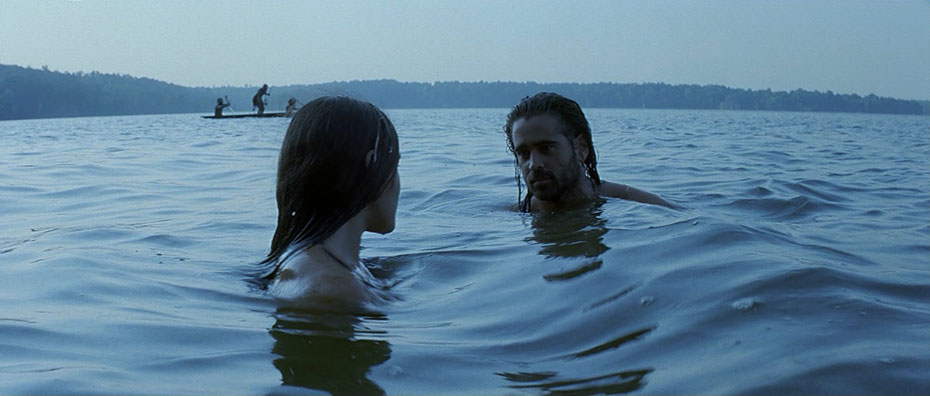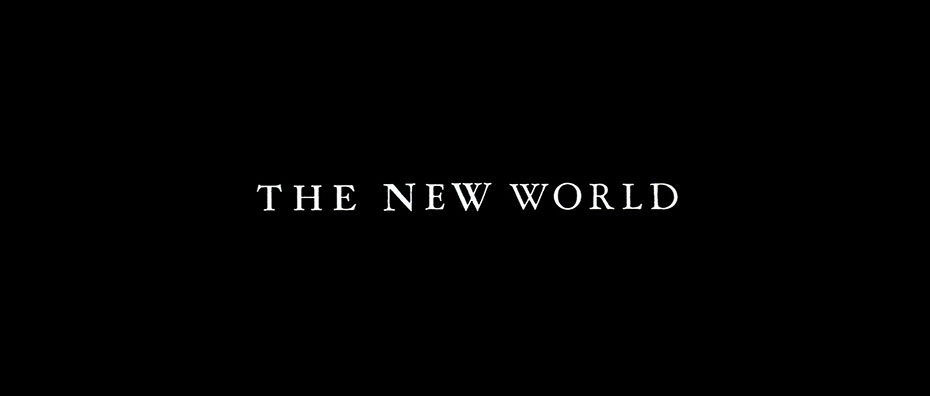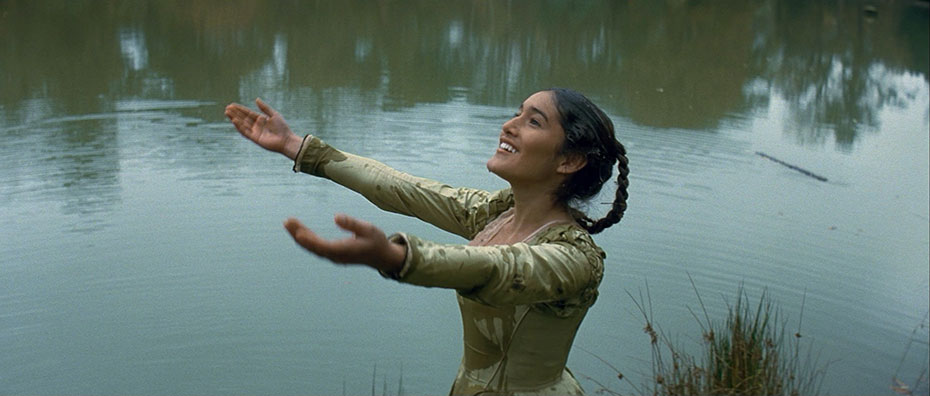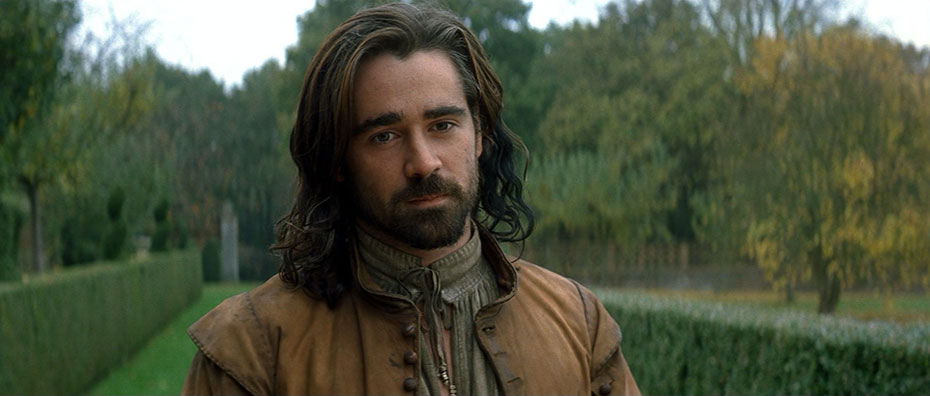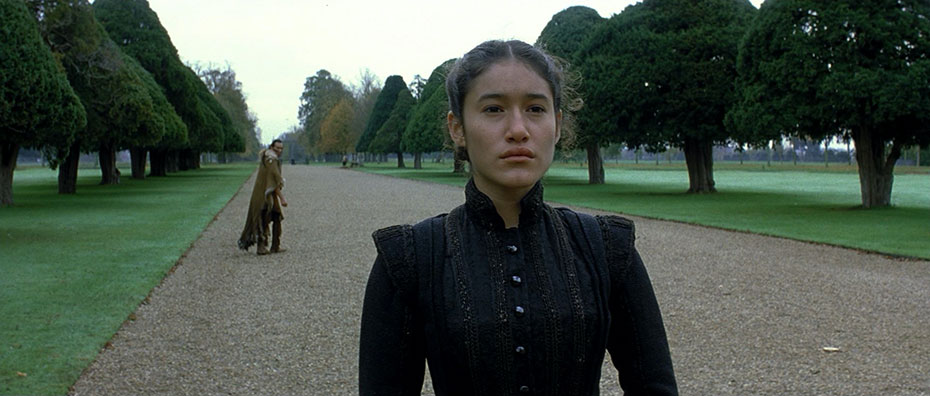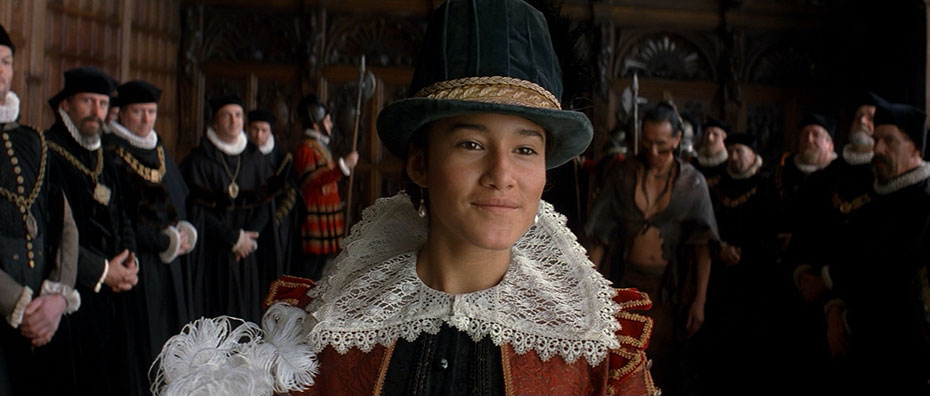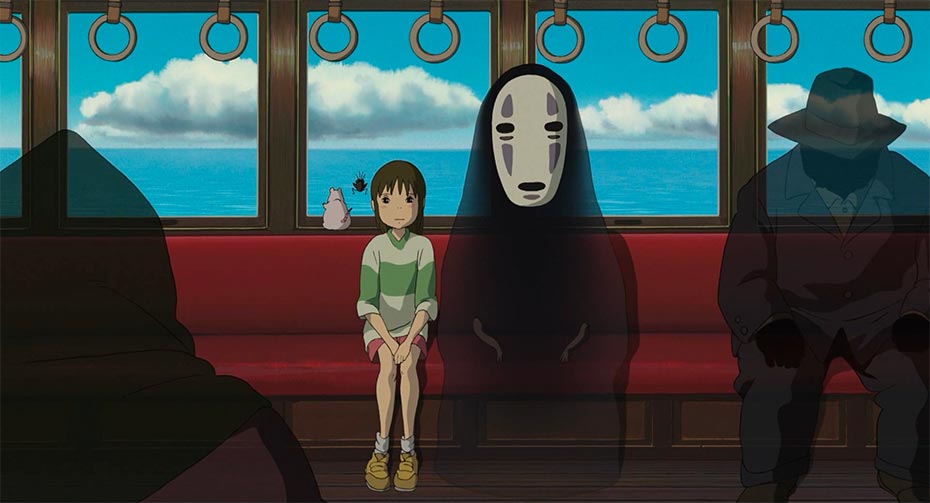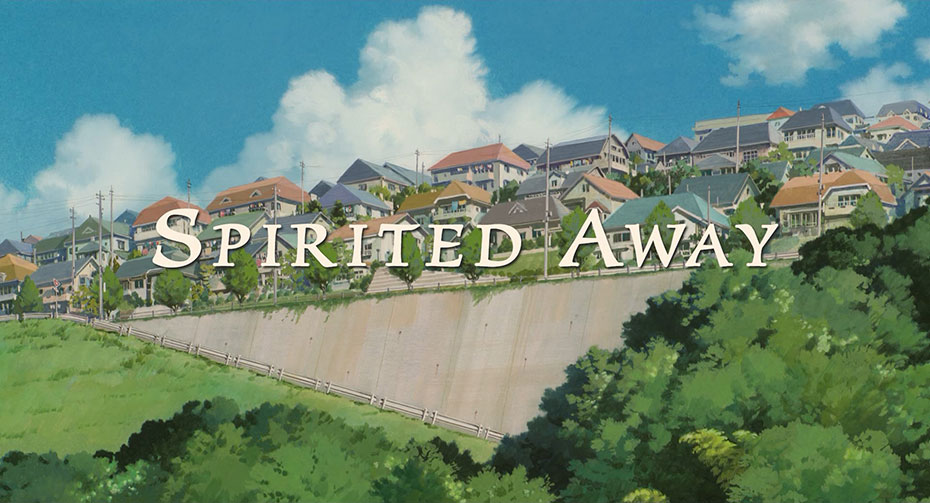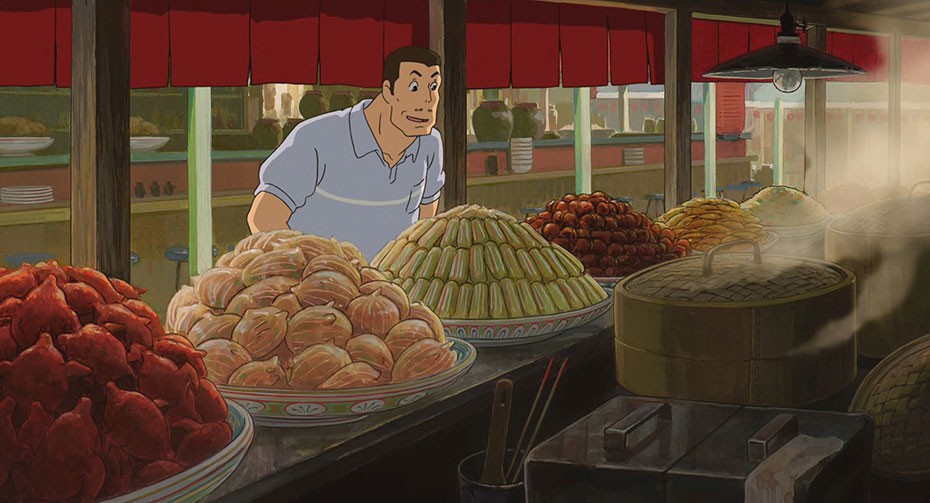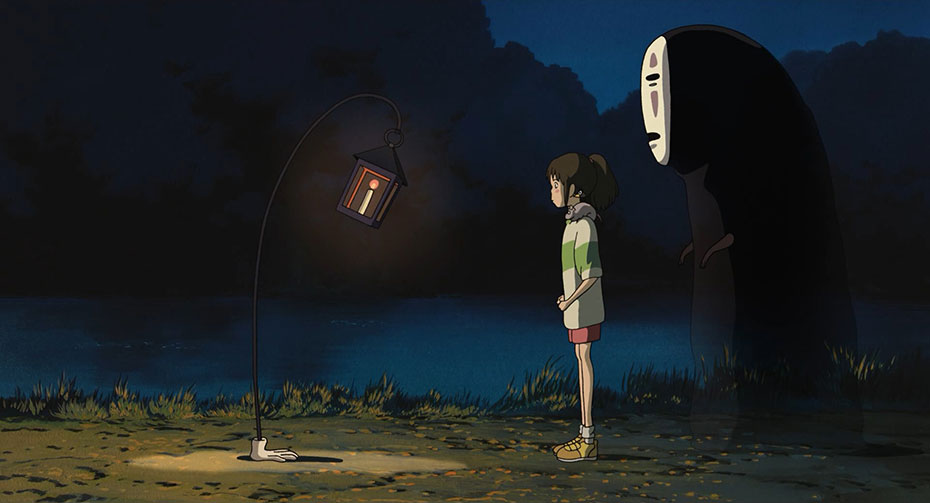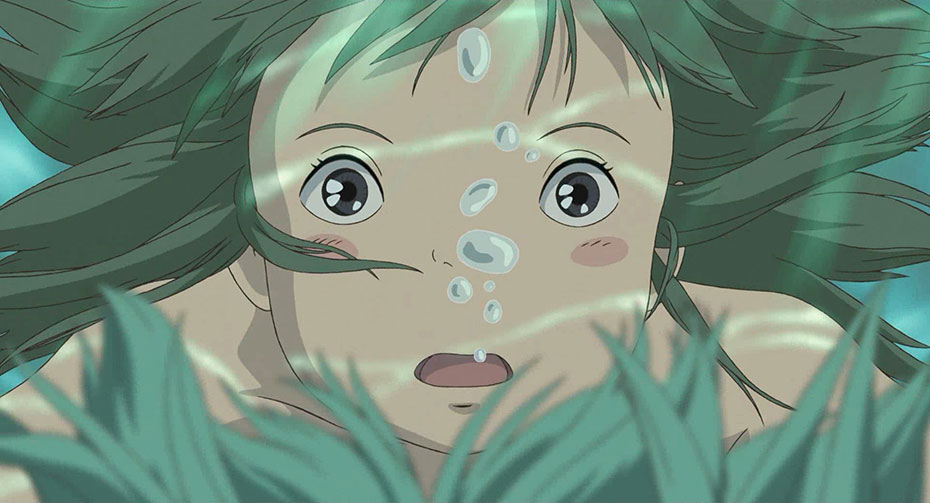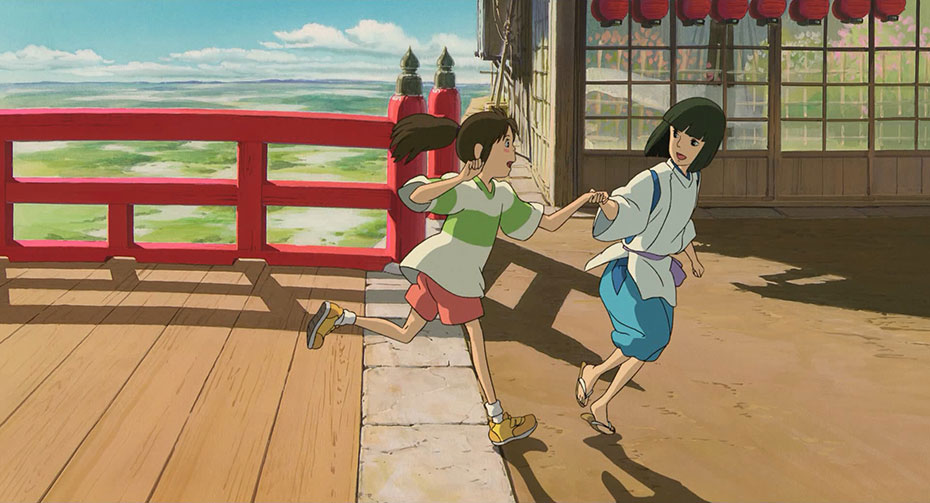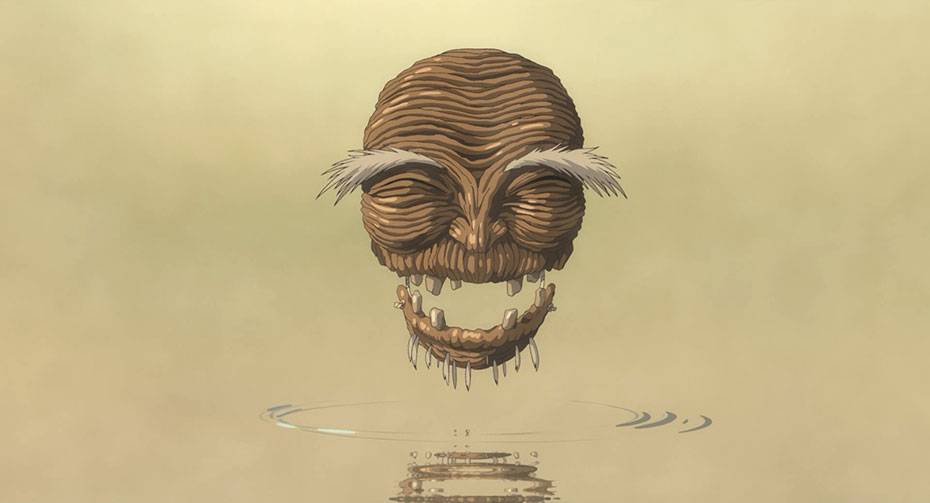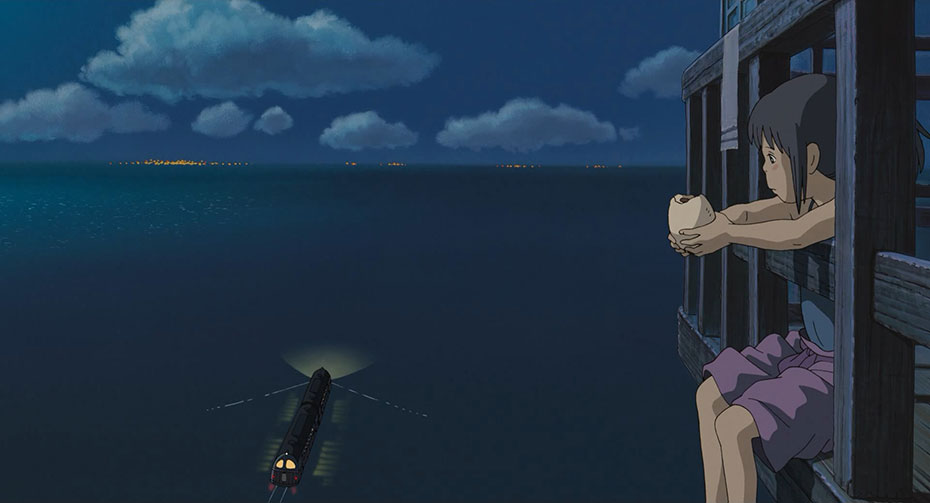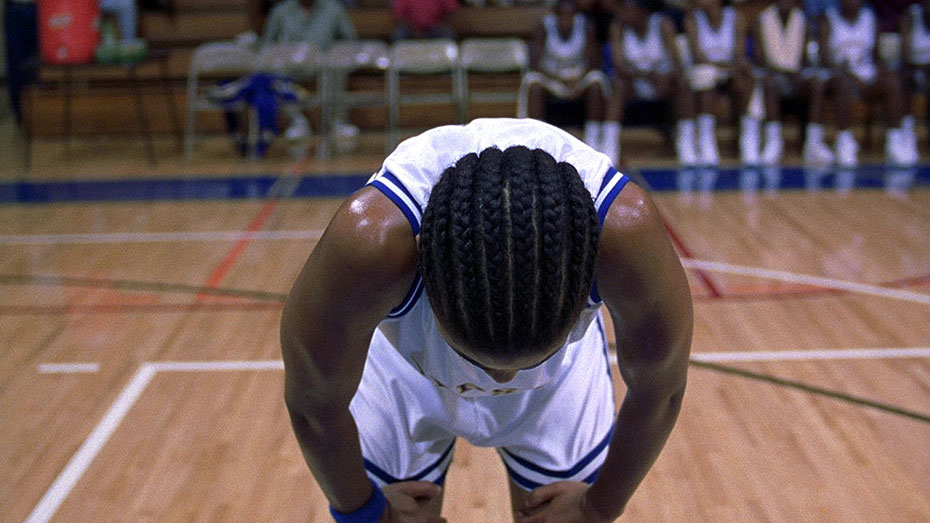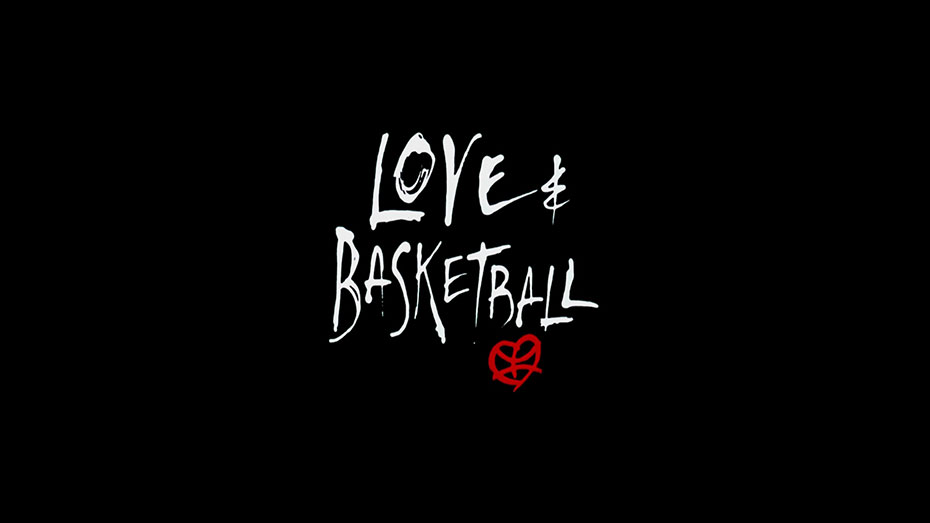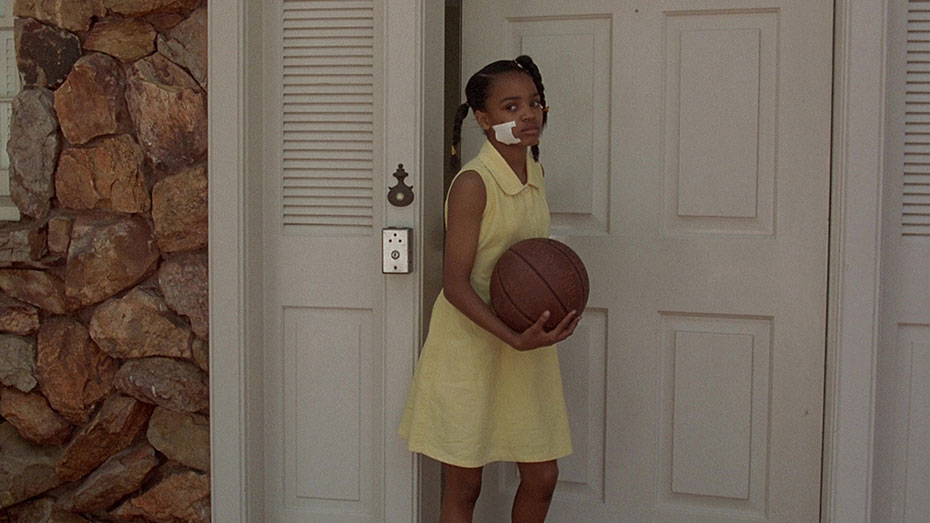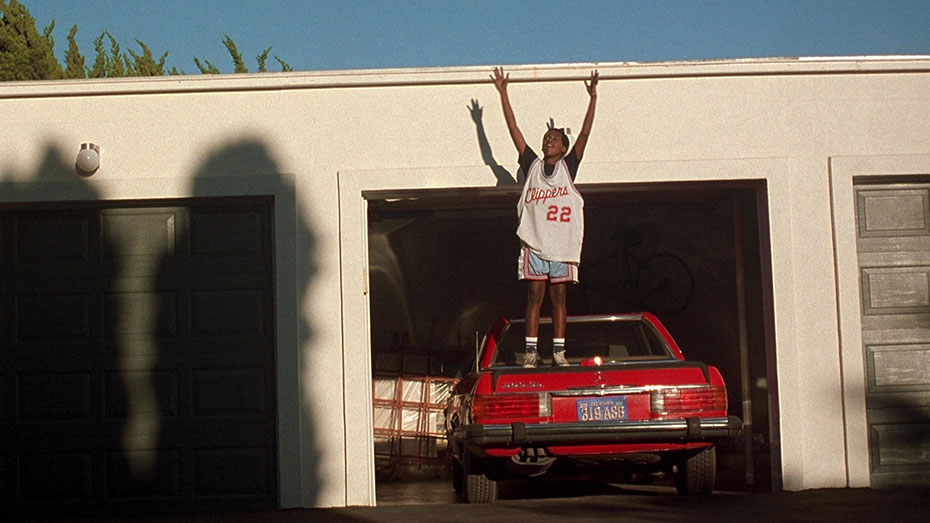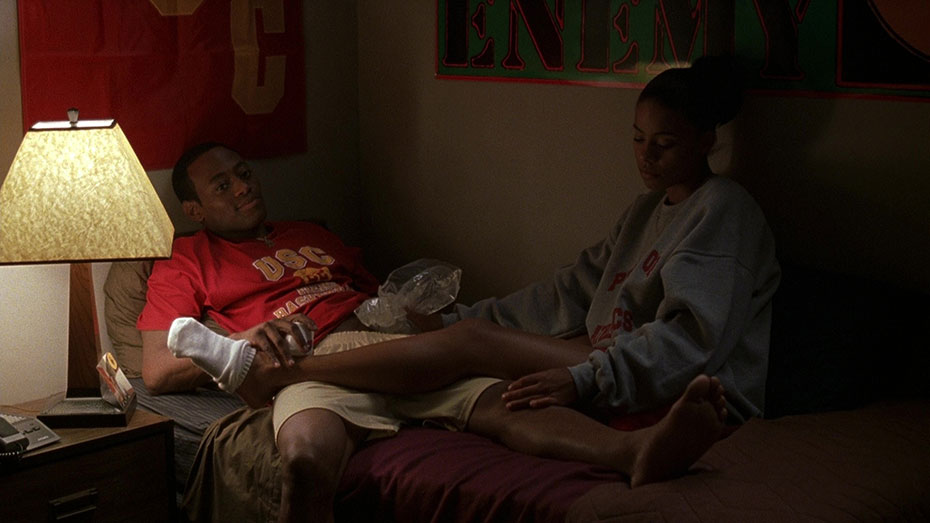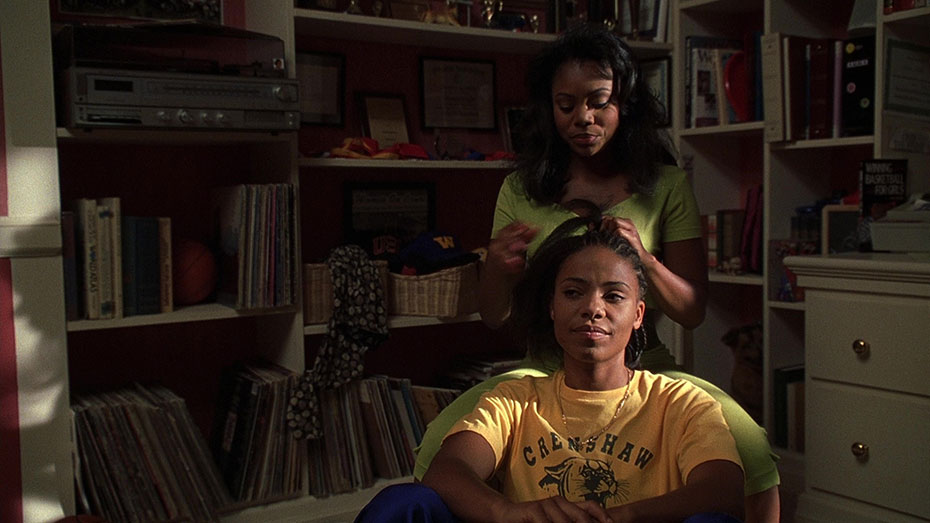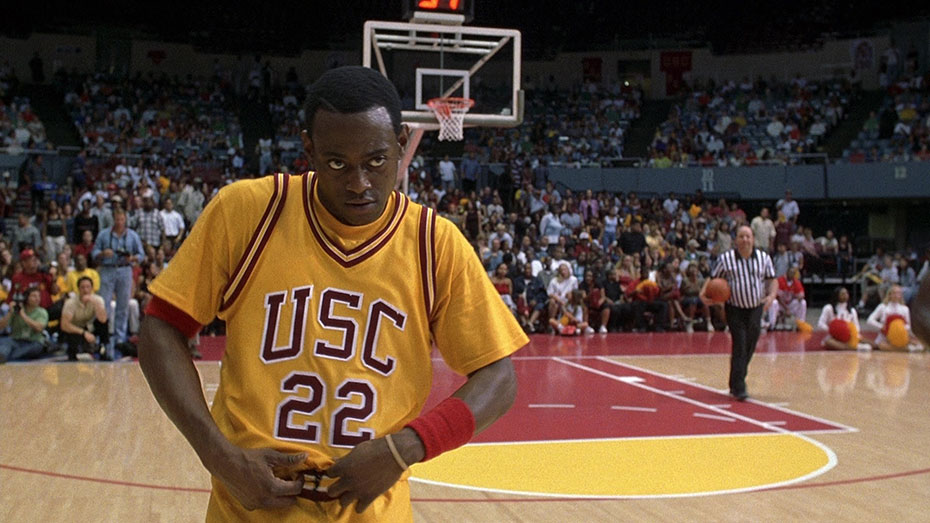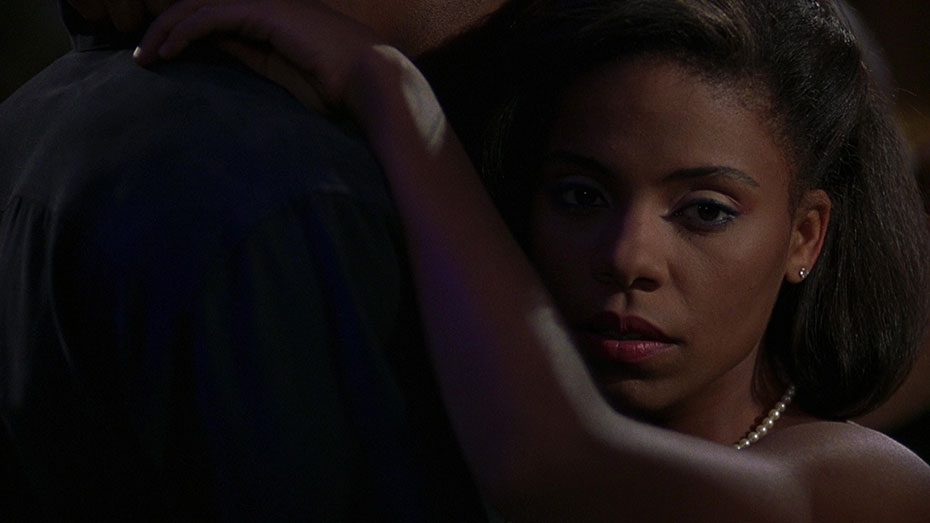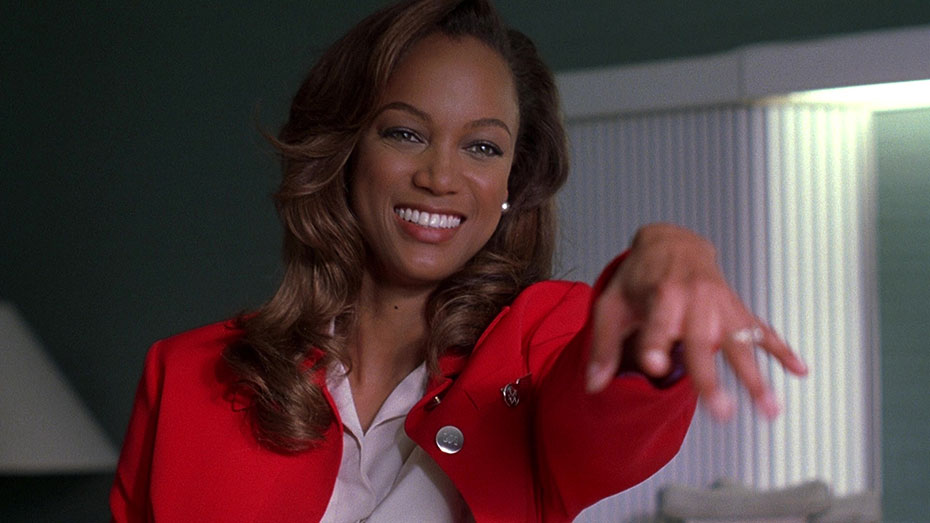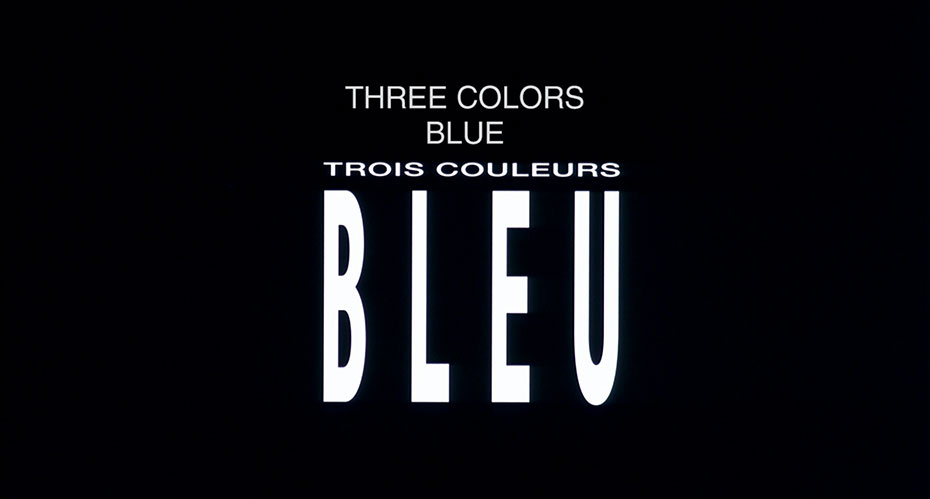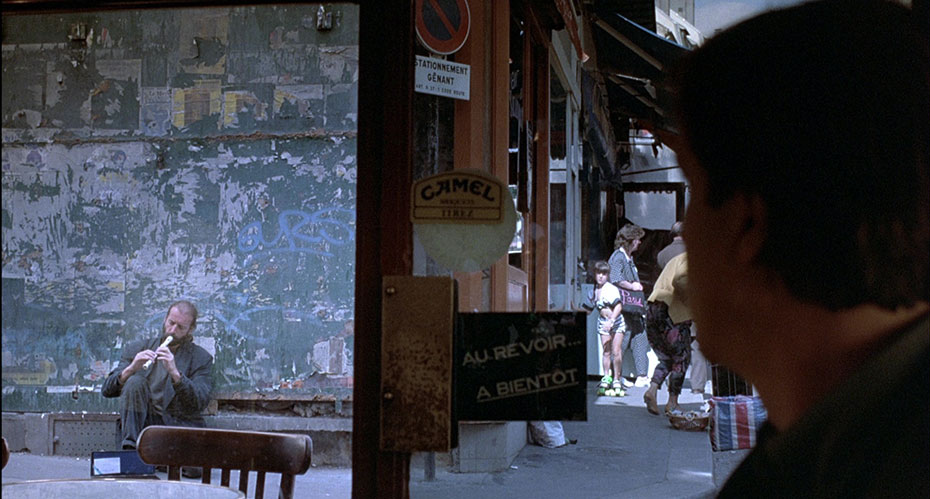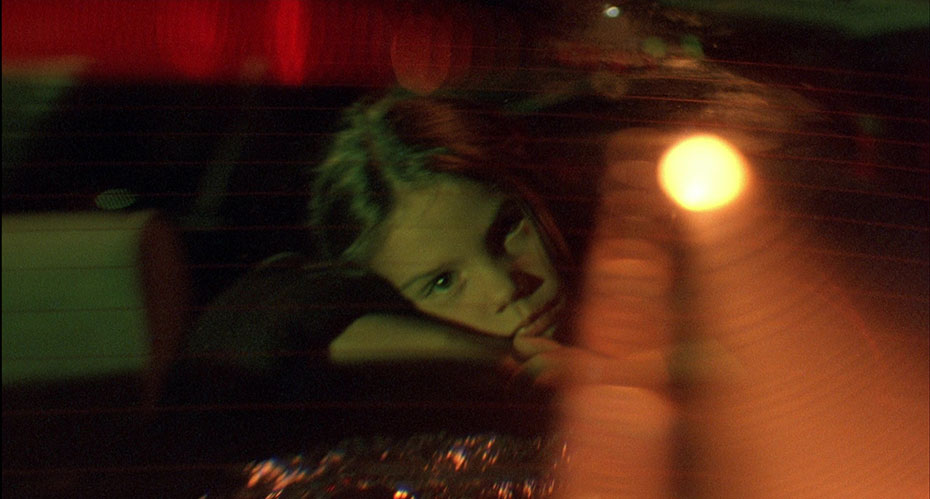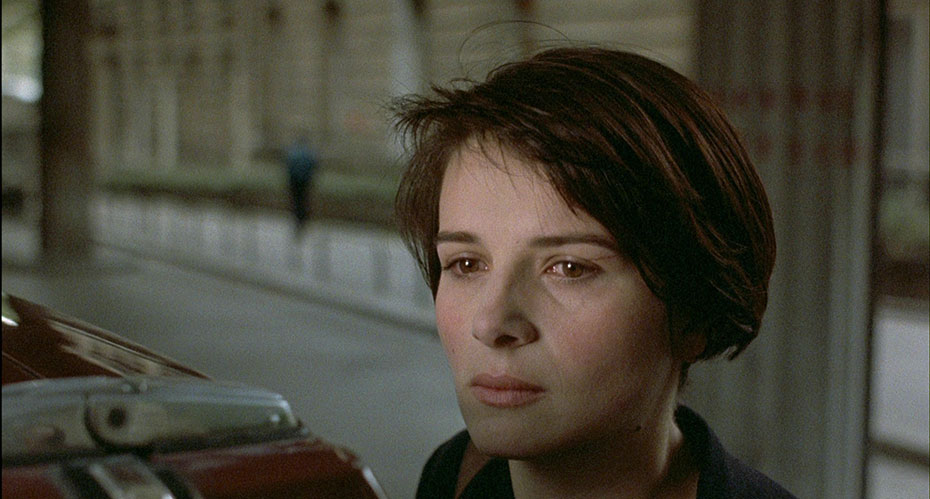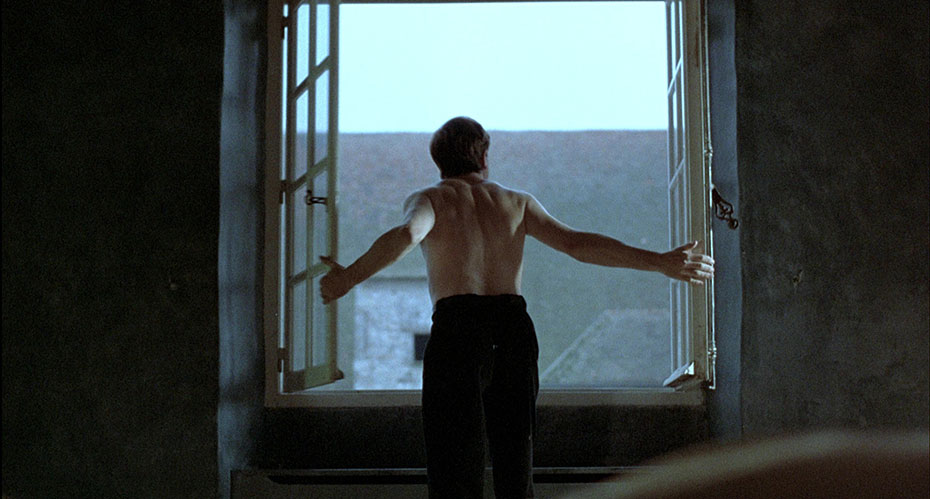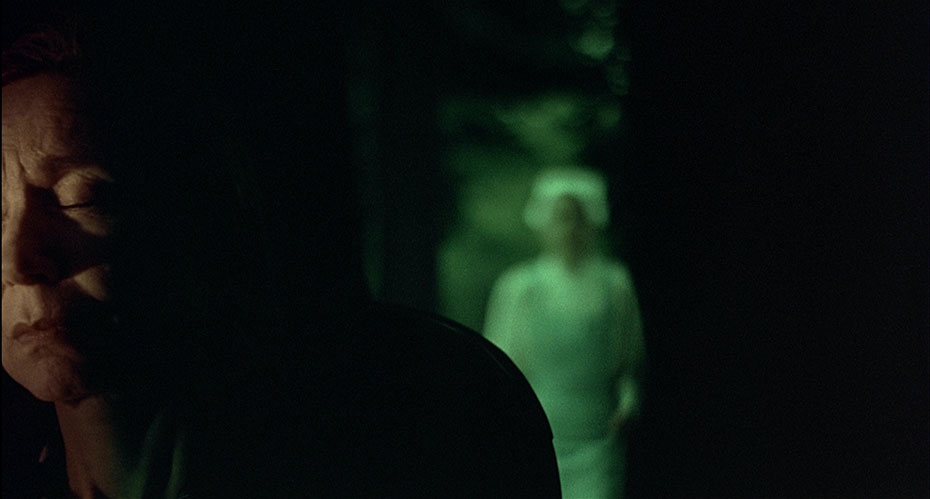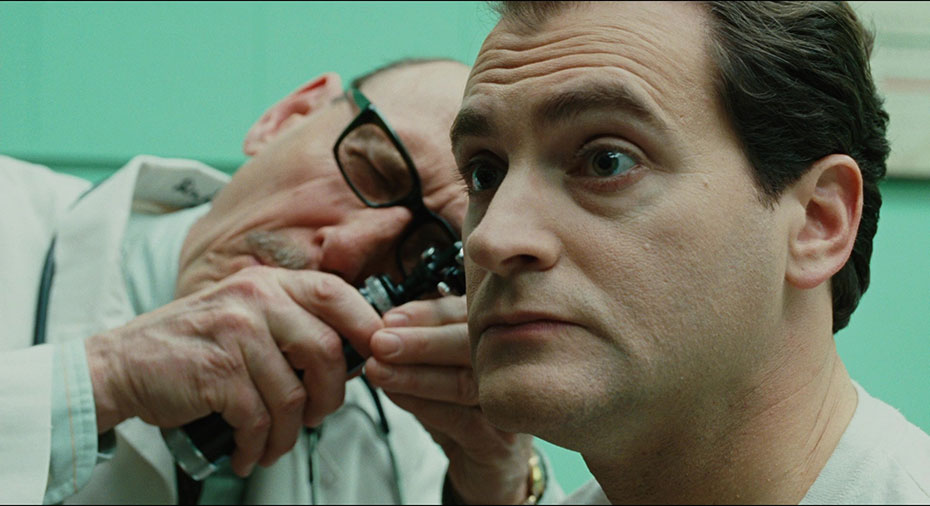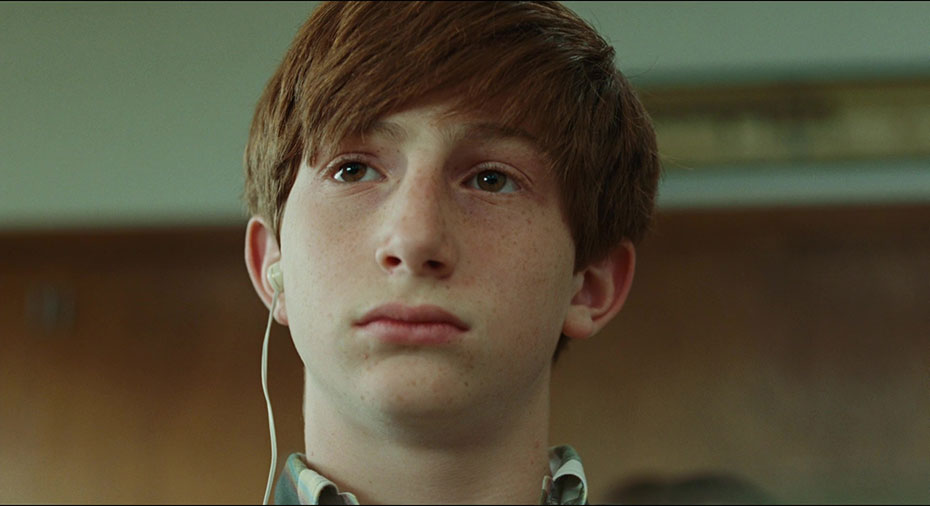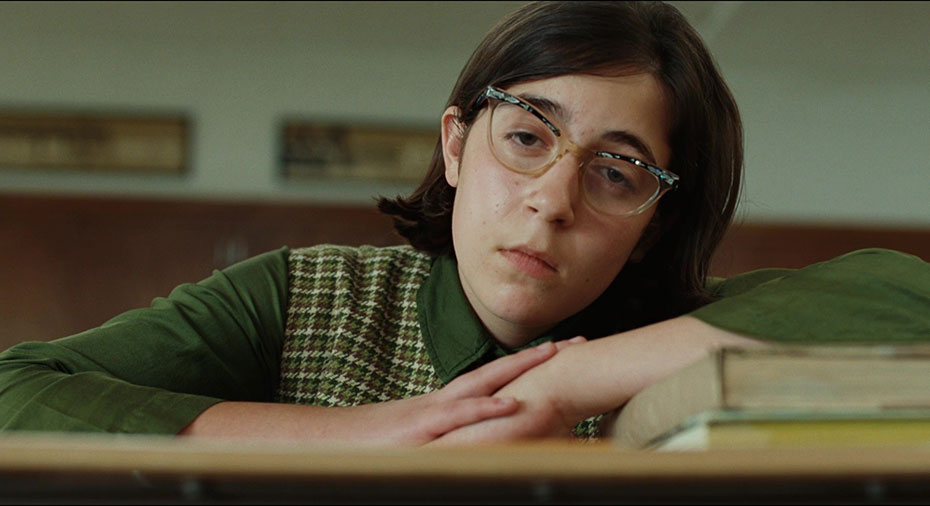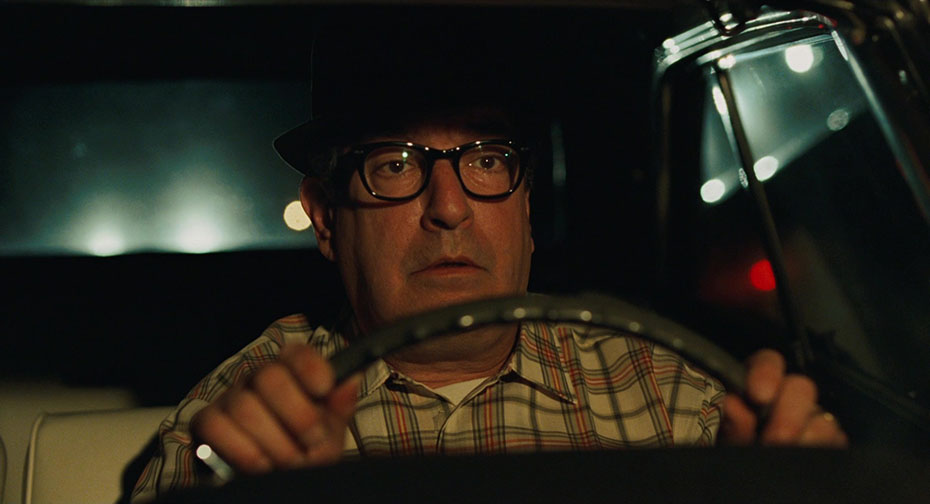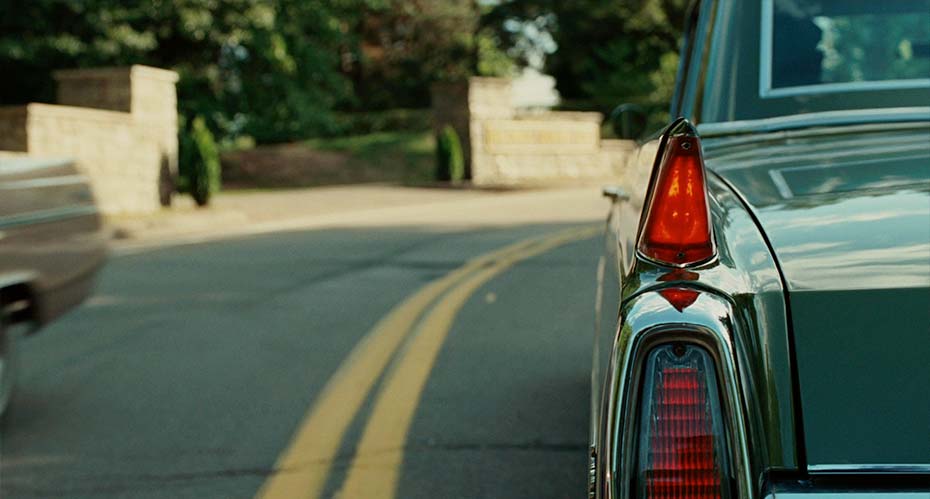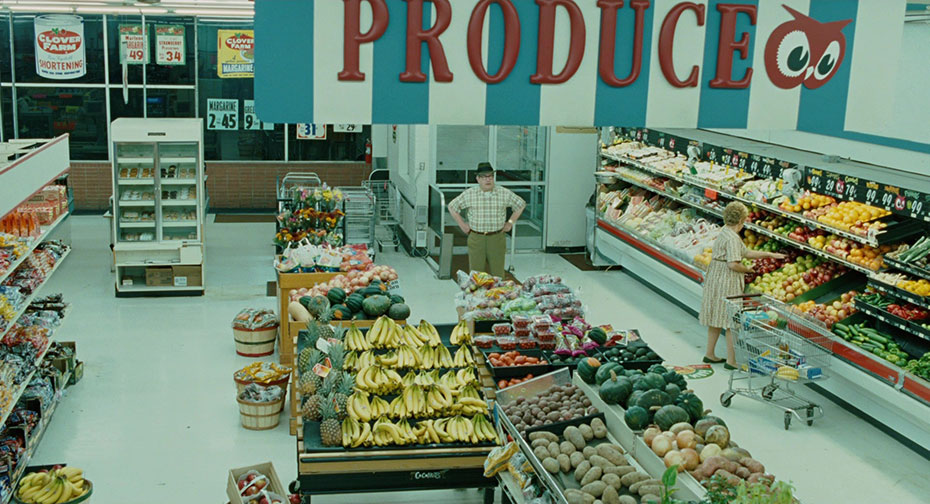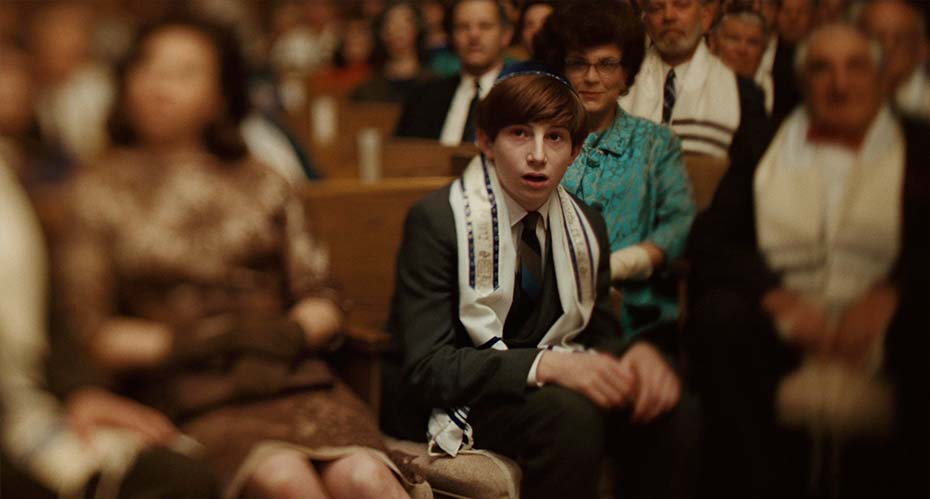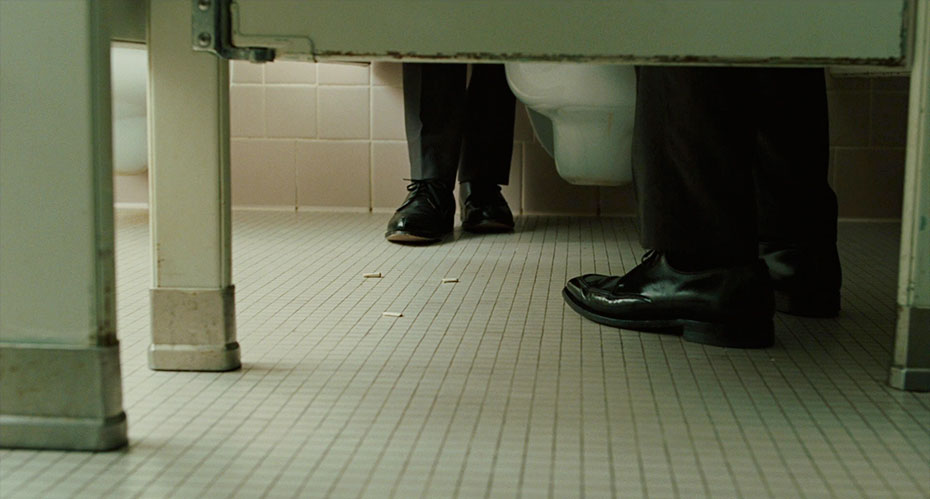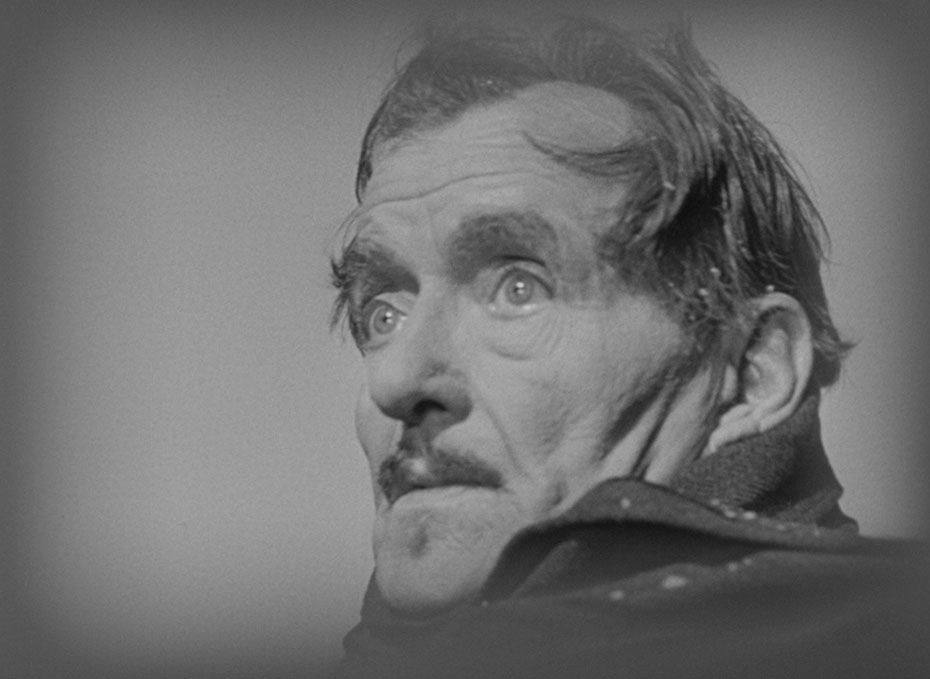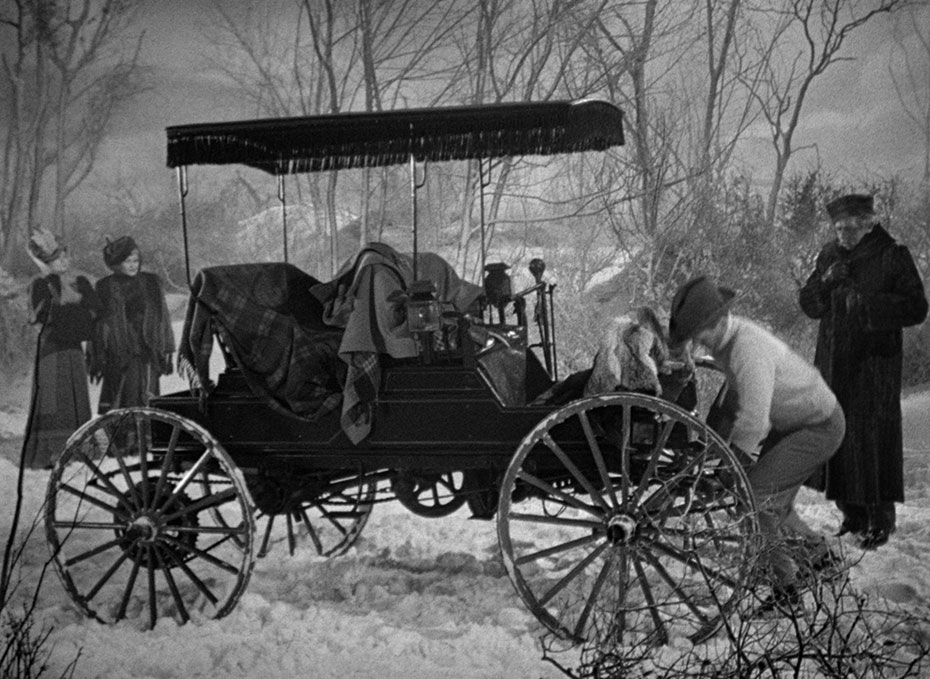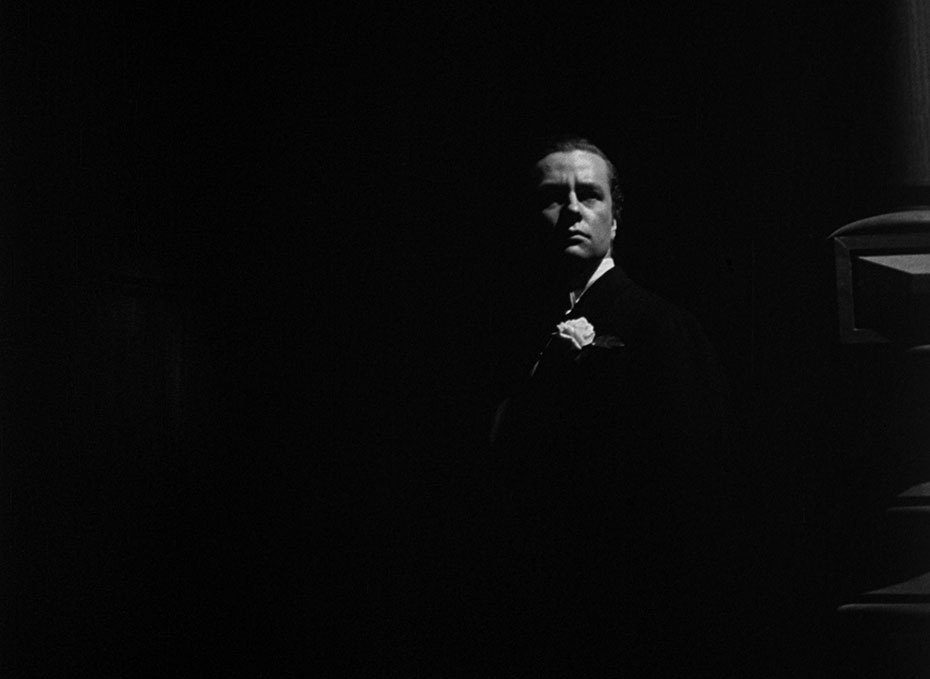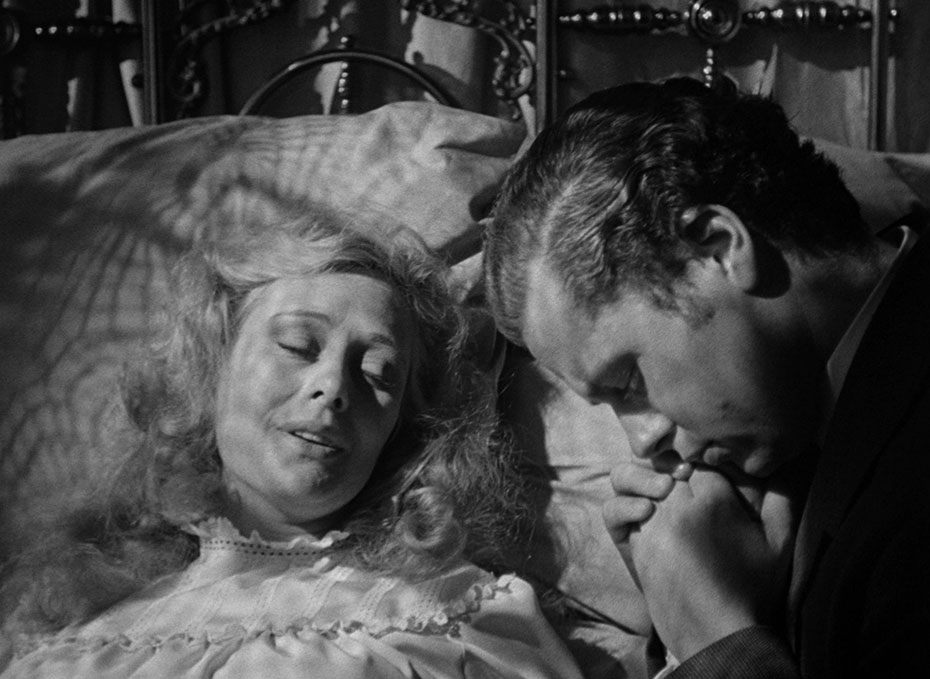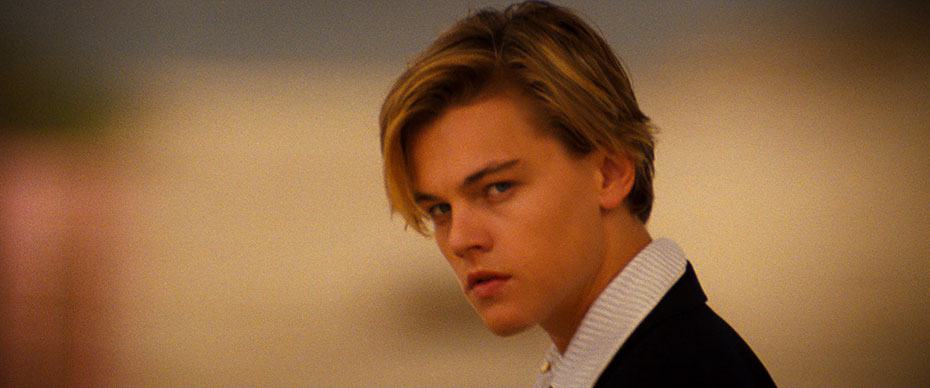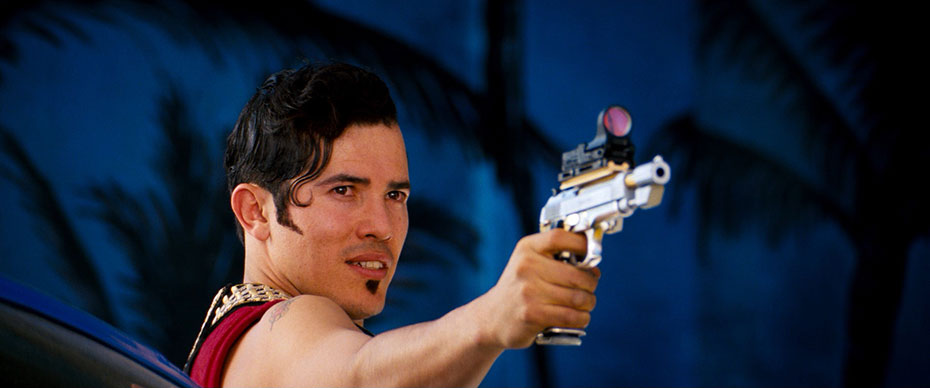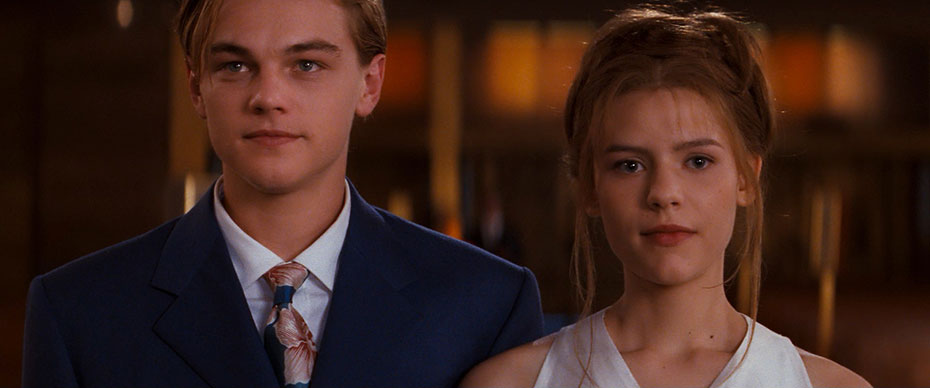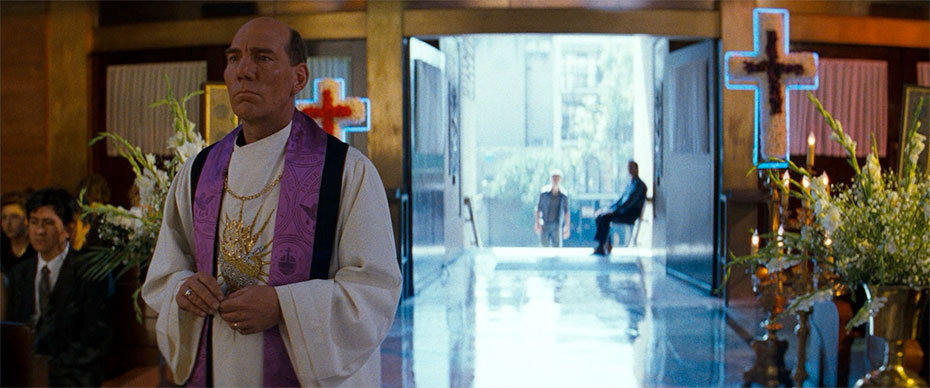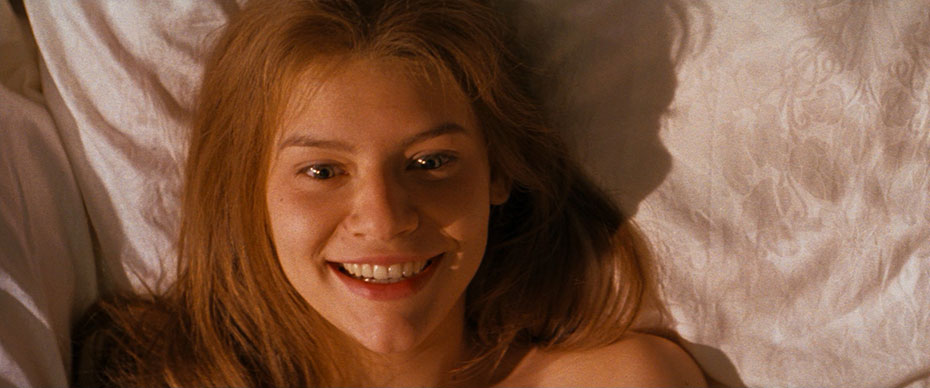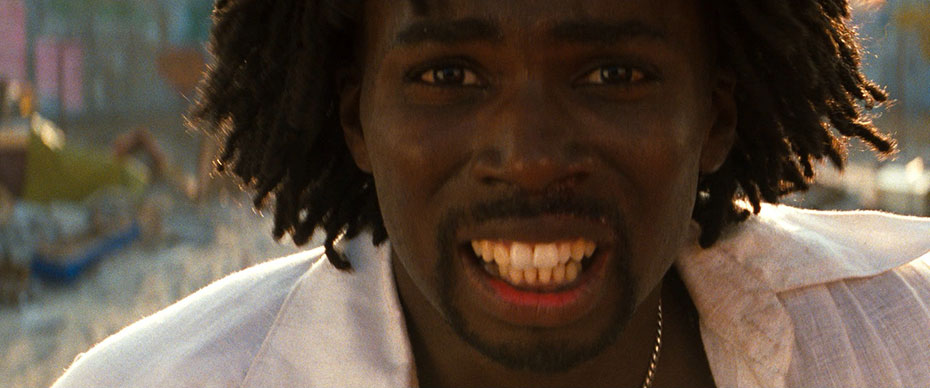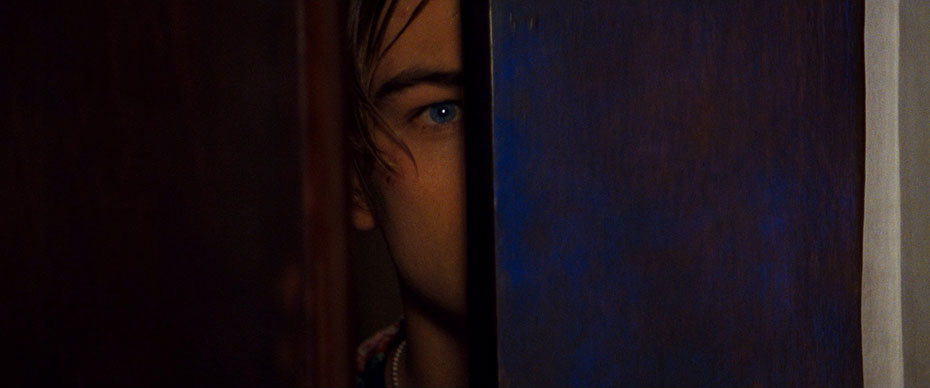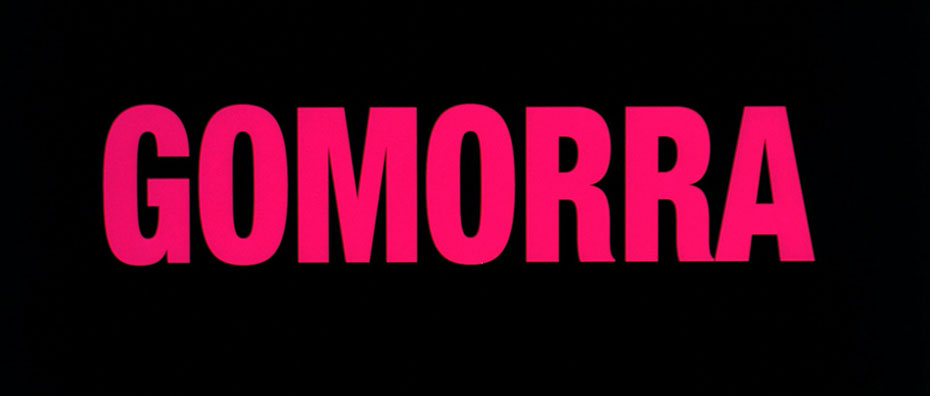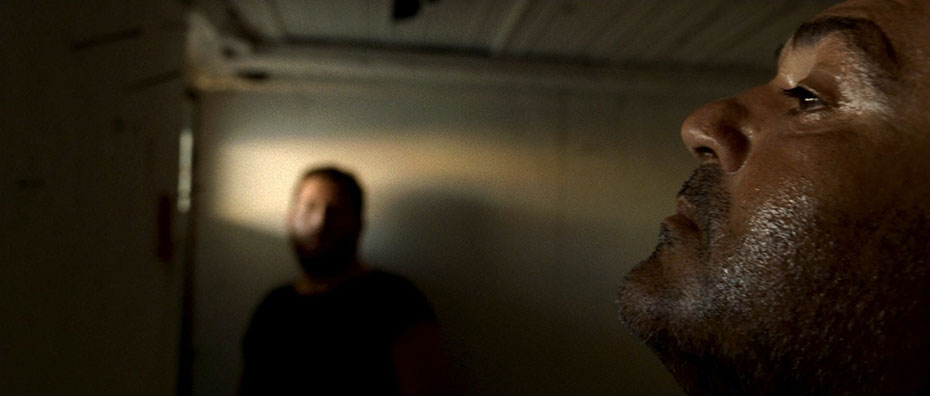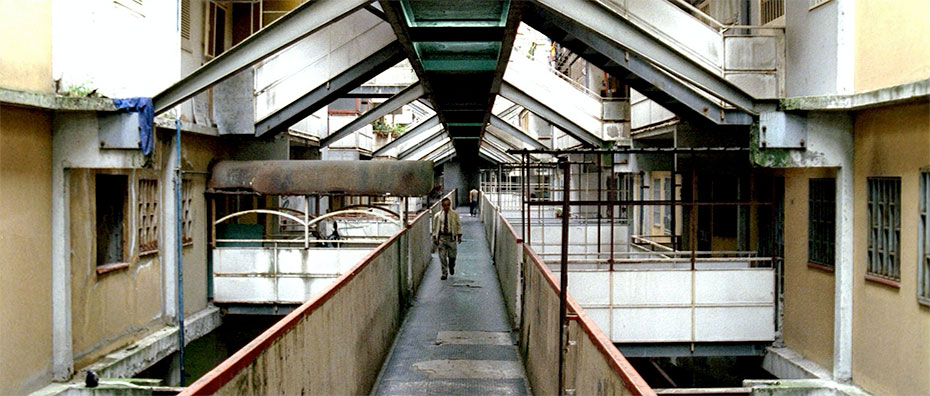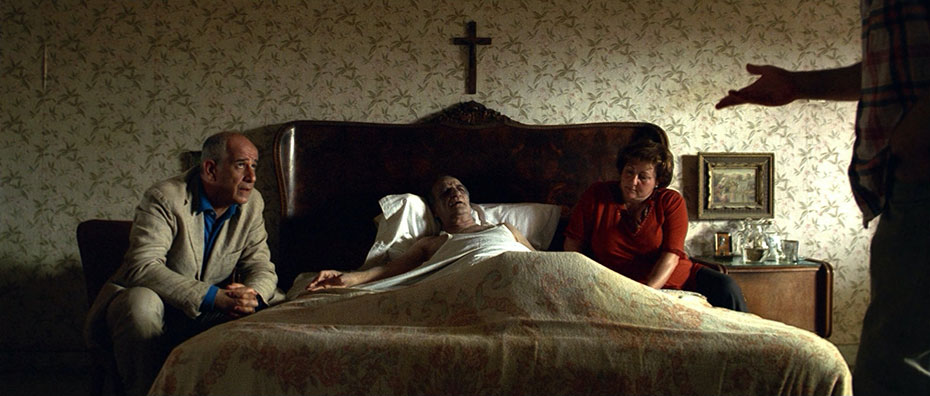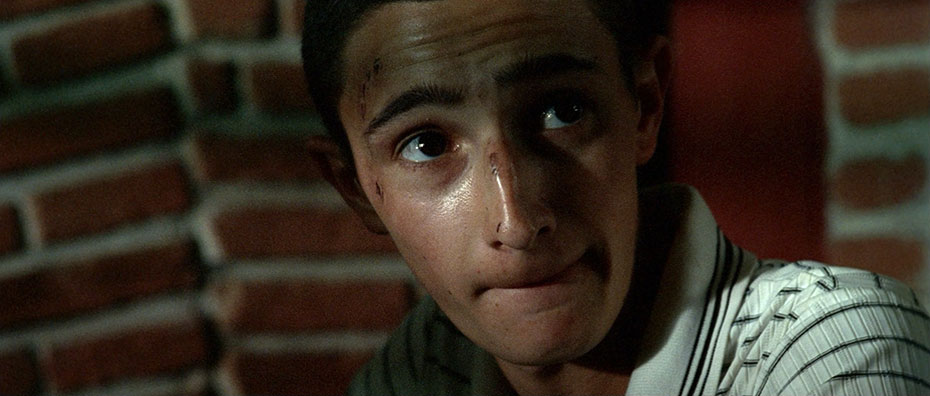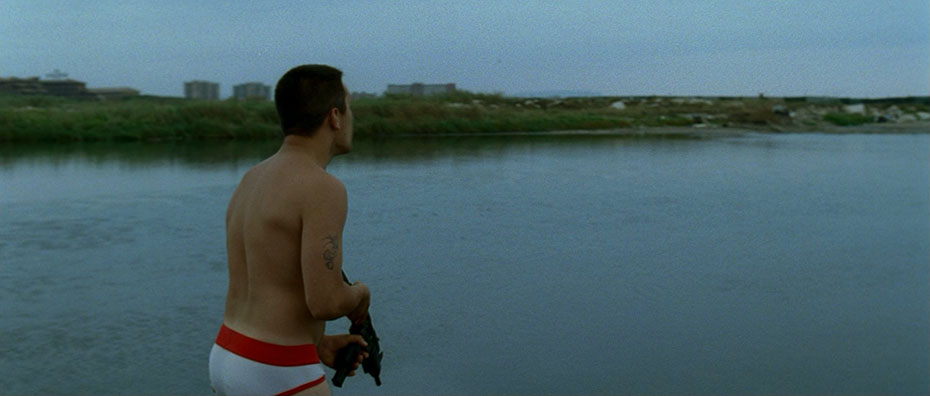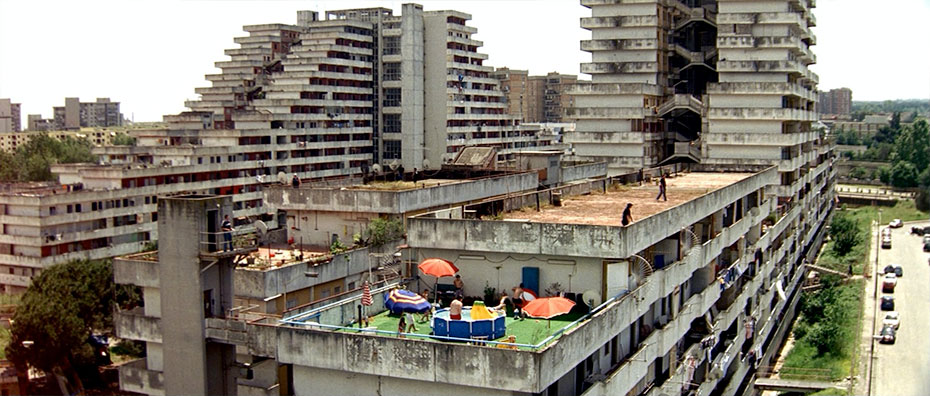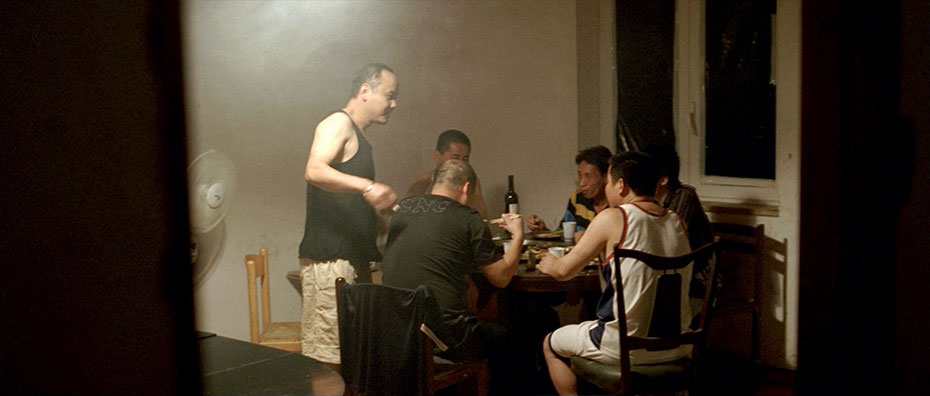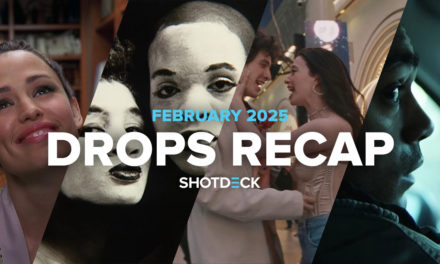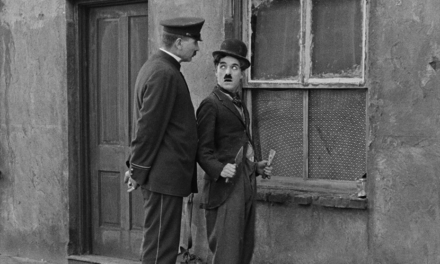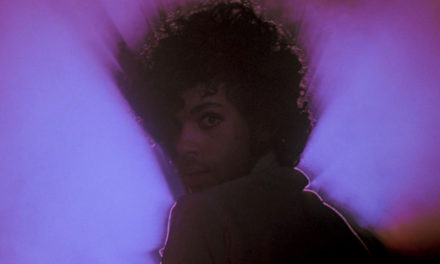THE TUESDAY DROP – 6/01
06.01.21 / New Shots
THE WRESTLER (2008)
Darren Aronofsky’s fourth feature is the 2008 sportsdrama, THE WRESTLER. The film stars Mickey Rourke and Marisa Tomei, who both went on to receive Academy Award nominations for their performances. The movie also won the Golden Lion at the 65th Venice International Film Festival. The Wrestler was shot by French cinematographer Maryse Alberti, who up until then was mostly known for her work in verite documentaries- a look that Aronofsky wanted to employ in the shooting of this movie. Alberti and Aronofsky decided to shoot on 16mm film to embrace a grainy, edgier look, but also chose to shoot in a 2.4:1 aspect ratio to give a grandsense of scale to the wrestling scenes.
A WRINKLE IN TIME (2018)
Ava DuVernay’s 2018 sci-fi adventure film A WRINKLE IN TIME marked the first time that a $100 million-budget live-action film was directed by a black woman. The story follows a young girl on a quest to find her missing father with the help of three mysterious astral travelers. Shot by veteran German cinematographer Tobias Schliessler, the film leans heavily on close-ups of its characters – a look that defies most expectations for a big-budget, CGI-heavy film. The result is a film that, in spite of its scale, remains focussed the emotional journey of its characters, giving audiences a new set of expectations for big budget movies.
THE NEW WORLD (2005)
THE NEW WORLD was director Terence Malick’s second feature back after his well-publicized 20 year hiatus. A reimagining of the tale of Pocahontas and the arrival of English colonizers to what became the United States of America, The New World is a meditative, precisely staged depiction of cultures colliding. Mexican cinematographer Emmanuel Lubezki created striking, patient 65mm images, often shot with wide lenses using predominantly natural light. This became a signature of his collaboration with Malick on films such as The Tree of Life and Knight of Cups. While The New World was initially met with quiet praise, it has since grown in stature to become one of the most respected films of the 2000s.
SPIRITED AWAY (2001)
Even though Japanese filmmaker and artist Hayao Miyazaki was considered one of the most important animators of all time by 2001, SPIRITED AWAY brought his work to widespread attention in a new way. The film tells the story of a 10-year-old girl who encounters the spiritual world of Kami when moving to a new neighborhood in Japan. Spirited Away was the first (and only) hand-drawn and non-English-language animated film to win the Academy Award for Best Animated Feature. While cinematography is not usually considered as much in animated films, the work of cinematographer Atsushi Okui to design the shots and look of Spirited Away with Miyazaki cannot be underestimated. The use of camera position to create striking compositions, as well as the use of color and light to transition us between the real and spiritual worlds of the film, create an unforgettable look for one of the most memorable animated films of all time.
LOVE & BASKETBALL (2000)
LOVE & BASKETBALL marks the feature debut of American writer-director Gina Prince-Bythewood. Prince-Bythewood was a former UCLA track runner who played basketball in high school, and worked as a TV writer in the 1990s. When she became interested in telling a semi-autobiographical story about a female basketball player, she quit her job, wrote the script, and began shopping it around Hollywood. After struggling to get financing, the film eventually found its way to the Sundance Institute’s Directors Lab, where Sam Kit and Spike Lee joined the project as producers. From there, Prince-Bythewood found cinematographer Reynaldo Villalobos, who was known for films such as Urban Cowboy, Risky Business and Major League. Starring Sanaa Lathan and Omar Epps, this romantic sports drama has become a cult classic in American cinema, and is still one of the few noteworthy American movies centering a female athlete.
THREE COLORS: BLUE (1993)
Krzystof Kieslowski’s Three Colors trilogy is seen as a defining event for the art-house boom of the 1990s. The first of the trilogy, THREE COLORS: BLUE, is a bold and sensory study of grief and liberation that follows a young woman (played by Juliette Binoche) dealing with the death of her husband and young daughter. The film was shot by Slawomir Idziak, who had previously worked with Kieslowski on The Double Life of Veronique. The blue haze effects that the film is famous for were largely achieved by using colored filters over the lenses – but Idziak says that this was not originally intended. Idziak and Kieslowski failed to execute their initial plans to fill the frames with blue, and turned to gelled filters as an emergency solution. The technique was then repeated throughout the film, and became a signature of one of the most significant art-house trilogies ever made.
A SERIOUS MAN (2009)
A SERIOUS MAN is the 2009 black comedy-drama by Joel and Ethan Coen. The film is set in the 1960s and follows a Minnesotan Jewish physics professor whose life begins to fall apart professionally and personally. Starring Michael Stuhlbarg, the film was nominated for an Academy Award for Best Picture and Best Original Screenplay. The film marks the tenth collaboration between the Coen brothers and British cinematographer Roger Deakins, and was made with an emphasis on simple, naturalistic shots and lighting. One of the biggest challenges that Deakins notes about the production was how much of the film was shot on location, which, when combined with the relatively low budget and tight schedule, created problems for the camera department. But what they lost in bells and whistles, they achieved in authenticity, and the film has grown in status to become one of the Coen brothers’ most loved films of the 2000s.
THE MAGNIFICENT AMBERSONS (1942)
Orson Welles’s second feature after Citizen Kane, THE MAGNIFICENT AMBERSONS, has ironically become known as one of the most famous “stolen” movies of all time. Based on the Pulitzer Prize-winning 1918 novel by Booth Tarkington, the film follows the financial fall of a well-off Indianapolis family. Shot by Stanley Cortez after Citizen Kane collaborator Gregg Toland was unavailable, The Magnificent Ambersons is known for its bold and inventive camera work, in spite of the 40 minutes of footage cut by studio RKO. The hastily cut-together upbeat ending remains mysteriously at odds with the rest of the film, and marks the movie as a famous example of the conflicts that can arise between a filmmaker and the studio funding their project.
ROMEO + JULIET (1996)
Baz Luhrmann’s 1996 adaptation of William Shakespeare’s ROMEO + JULIET, starring Leonardo DiCaprio and Claire Danes, remains one of the Australian director’s most inventive and bold films to date. The film uses the original dialogue written by Shakespeare, but reimagines the warring Montague and Capulet families as rival gang empires in a postmodern city called Verona Beach. Romeo + Juliet takes elements of the Spaghetti Western, action film and romantic drama to tell a fast-paced, stylized rendition of the play. Legendary Australian cinematographer Donald McAlpine talked about trying to move the film as far away as possible from feeling like a staged play. As a result, the film never uses “classic” Hollywood coverage of matching singles or two-shots followed by over-the-shoulders -opting instead for a more fluid visual language that incorporated constant movement and perspective shifts.
GOMORRAH (2008)
GOMORRAH is the 2008 crime drama by Italian filmmaker Matteo Garrone, based on the non-fiction book of the same name by Roberto Saviano (who also collaborated on the screenplay). The film follows the Casalesi clan, a crime syndicate in Camorra, and the people trying to fight them. Garrone was a painter before turning to filmmaking, but his collaboration with cinematographer Marco Onorato on this film displays a more restrained, documentary-like approach to shotmaking. The result is a stark, often shocking portrayal of contemporary organized crime, whose authenticity tells a story about gangsters rarely seen in cinema.

